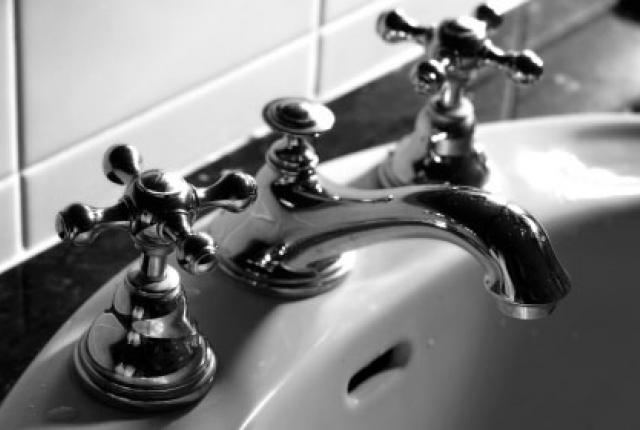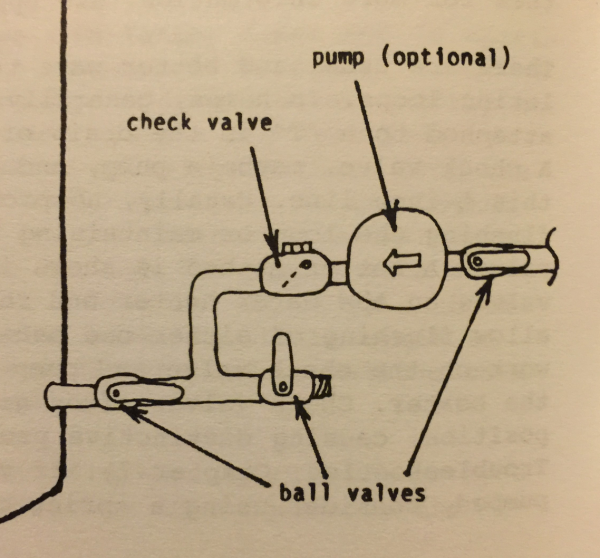In this presentation, Gary Klein shares important information about air source heat pump water heaters (HPWH), with particular attention paid to where the warm air comes ...
Domestic Hot Water Recirculation Systems

It's really not your mother's fault. How could she have known you would wind up in such a dilemma one day because of a check valve? Here you are, with sediment clogging up your client's aerators, washing machine, and dishwasher; their bathtub is unpleasantly gritty, to boot. The recirculation pump is stuck, everybody's glum, and they're waiting for you to make all this right, right now! Who ya gonna call?
Mother may not have had all the answers herself, but she taught you to use your noggin. So you call up the memory of your eighth-grade science teacher, who explained that water, like electricity, always takes the path of least resistance. When water flows the wrong way, it can pick up sediment from the bottom of a water heater and distribute it far and wide throughout all of the hot water piping.
The misbehaving system in front of you probably has a swing check valve (if any valve at all). The pump has obediently been moving heated, mineral-laden water through that check valve many hours every day. The result? The disc in that valve has limed up and gotten stuck in the open position. Now, when the pump is off or when there is a large draw, water and sediment are pulled backwards from the bottom of the heater as hot water is drawn from the top of the heater. This is why some taps (usually those at the far end of the hot supply line) may run hot and warm water intermittently, as cooler water from the tank's bottom mixes with the hot from the tank's top. Your job right now is to get the sediment out of the piping and prevent it from coming back. After all, you don't want glum clients.
Fortunately, the job isn't difficult. Begin by replacing that swing check with a spring check valve and install ball valves so that both the tank and recirc line can be individually flushed (see diagram).

If you are working with a gravity system (i.e. one that uses natural convection to move water instead of a pump), consider installing a pump run by a time clock and/or thermostatic control so that heat loss from the piping can be reduced. Using a pump instead of a gravity system also allows you to install the more durable spring check valve, which cannot be used in a gravity system because it would stop the flow.
After installing valves as shown, the recirc line may be flushed and cleared of sediment or air. The tank can be flushed, also. You'll want to have a look at the pump's impeller, to clean out any debris stuck there and make sure the unit actually can move water. If possible, install the pump on a vertical line to reduce the chances of it becoming airbound.
Even after the piping and tank have been flushed, sediment can still be hiding out in branch lines coming from the main. Aerators and the various screens may still clog up. Flushing each fixture is the only certain fix.
While customer complaints of sediment in the plumbing and are almost always caused by recirc-line troubles, occasionally, work on the water main or sand being pulled up from a well can cause similar problems. A sediment filter on a building's main line will put an end to that source of trouble.
So here you are: you've completed the job and your clients are happy. They've watched you flush the muck from their plumbing, all of their fixtures have good flow, and you've shown them a way to save money on their water heating bill. Clients will know they've called the right outfit when, instead of blaming the Water Supply Company, you can tell them what sort of plumbing is in their house and hot to fix it after they've described their sediment problems to you over the phone. And Mother is reassured to know she's done just fine by you!
Like to learn more?
Get a copy of Larry and Suzanne Weingarten's Water Heater Workbook in our Store. It's about the best we've ever seen on the subject. And it's a joy to read!
Leave a comment
Related Posts

In this all-technical three-hour seminar, Dan Holohan will give you a Liberal Arts education in those Classic Hydronics systems. He’ll have you seeing inside the pipes as...
We always have turkey for Thanksgiving. I mean who doesn’t? My job wasn’t to cook it, though; it was to eat it.